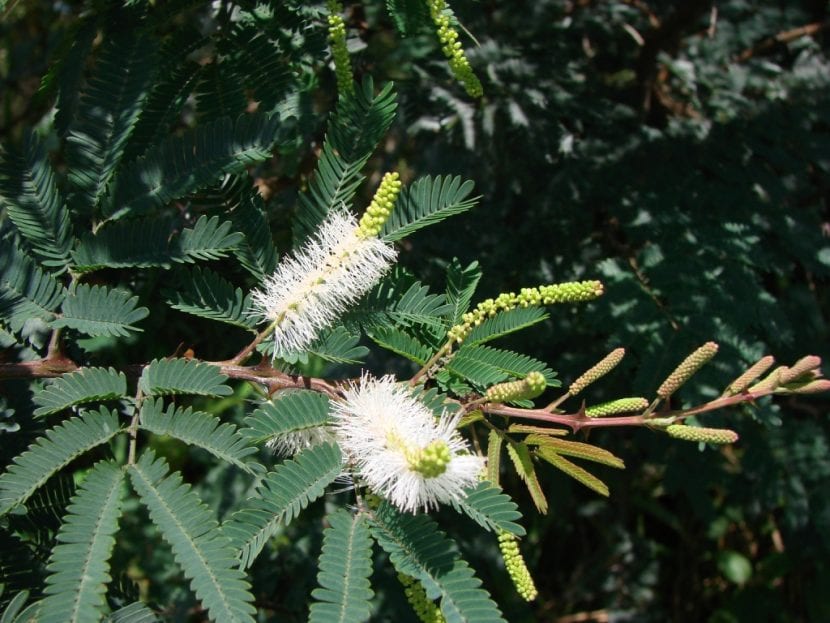
Image - Wikimedia / João Medeiros
There are tropical plants that are very interesting for gardens, such as the mimosa hostilis, now call Mimosa tenuiflora. This is a shrub a few meters high that produces really pretty yellowish-white inflorescences.
Like all of the genus, it multiplies easily by seeds in spring, and It can be grown in a pot throughout its life.
Origin and characteristics of mimosa hostilis
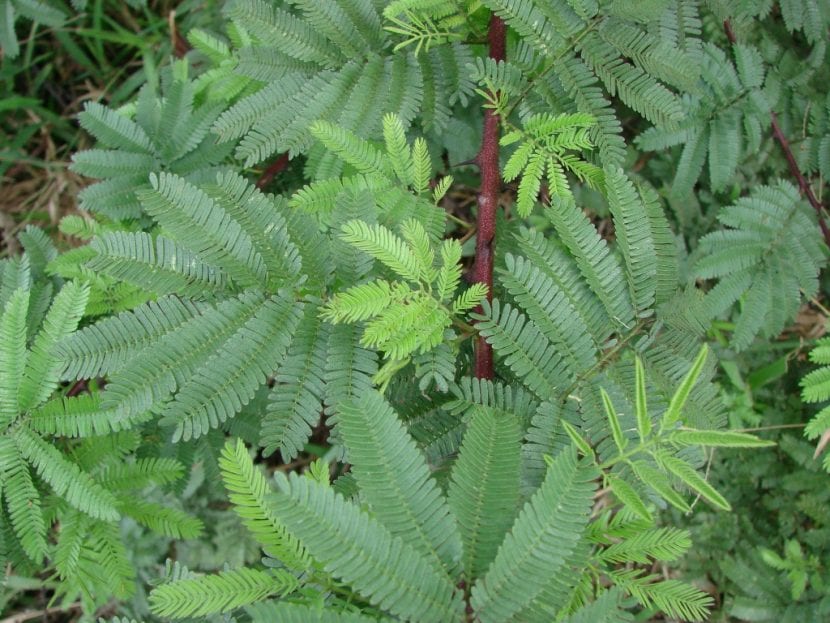
Image - Flickr / João de Deus Medeiros
Our protagonist is an evergreen and thorny shrub or tree native to America, specifically southern Mexico, Honduras, El Salvador, Panama, Colombia, Venezuela and Brazil. It is popularly known as jurema, jurema preta, catinga, tepecohuite and tepescohuite. It grows to a height of 1 to 8 meters, with reddish-brown branches that are armed with thorns.. From them sprout leaves composed of 10-30 pairs of linear to oblong leaflets, with a size of 3 to 6mm long and 0,7 to 2mm wide.
The inflorescences are a type of spike measuring 3 to 6cm long, dense and axillary, yellowish-white in color. The fruit is long and thin, about 5-2cm by 4,5-5mm, and inside it contains lenticular seeds between 7 and 4,1mm long by 4,7 and 3,1mm wide.
What are the care it requires?
If you dare to have a copy, we recommend you take care of it as follows:
Location
It is a plant that must be in semi-shadow, but it will also grow without problems in the sun.
Earth
- Flower pot: mix mulch (on sale here) with worm castings (for sale here) and perlite (for sale here) in equal parts.
- Garden: grows in well-drained soils.
Irrigation
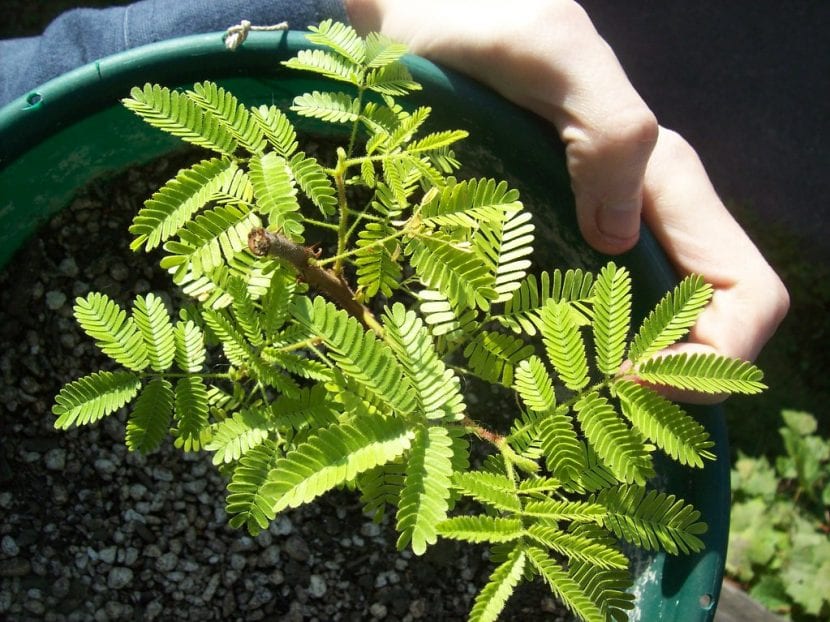
Image - Flickr / Drewpiter
Irrigation has to be moderate to frequent. We must avoid waterlogging, but also that the substrate or soil dries out completely. To avoid problems, it is highly recommended to check the humidity before watering, for example by inserting a thin wooden stick to the bottom (if it comes out clean, it will be necessary to water it), or with a digital humidity meter (on sale No products found.) which will tell you instantly what degree of humidity the earth has.
In any case, depending on the climate, you should water an average of 3-4 times a week in summer and an average of 1-2 times a week the rest of the year if it is very hot and dry.
Subscriber
From early spring to late summer It must be paid, either with organic fertilizers or with compounds, following the indications specified on the packaging. Of course, in the event that you want to give it some use that is not only ornamental, we advise fertilizing it with ecological products to avoid problems.
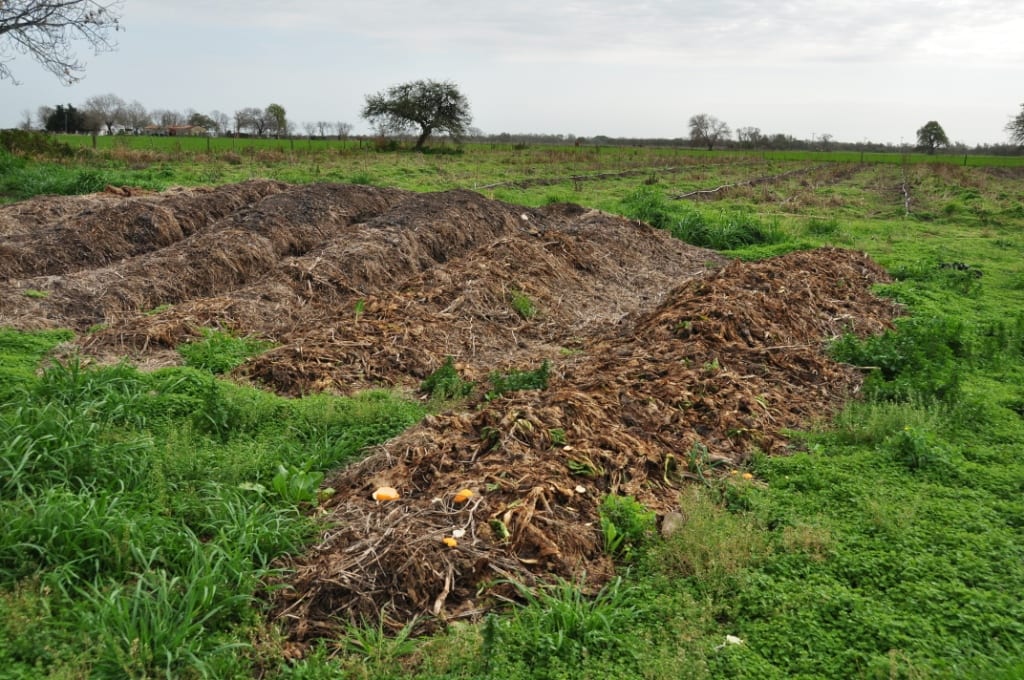
Multiplication
La mimosa hostilis multiplies by seeds in spring, following this step by step:
- First, put the seeds in a glass of water for 24 hours.
- The next day, fill a seedling tray (for sale here) with specific land (for sale here).
- Then, water thoroughly, ensuring that the substrate is well soaked.
- Now, place a maximum of 2 seeds - of those that have sunk - in each socket, and cover them with a thin layer of substrate.
- Lastly, put the seedling tray outside, in semi-shade, and keep the soil moist.
That way they will germinate in a week or two.
Pruning
You don't need it. But you can remove dry, diseased, weak branches and those that are broken in late summer or winter. Use pruning tools that are clean, and remember to disinfect them before and after use.
Fungi, bacteria and viruses, not being seen with the naked eye, seem not to be there, but the reality is that if non-disinfected tools are used, the risk that newly pruned plants will become ill is very high, since a micro-cut is enough to that these microorganisms get inside them.
Planting or transplanting time
You can plant it in the garden or to a larger pot in spring, when the minimum temperature exceeds 15 degrees Celsius.
Rusticity
Being a tropical plant it does not resist frost. But it is not a problem, since you can have it indoors during the winter in a bright room without drafts.
If your home is very dry, make a kind of greenhouse for it with a bottle of those 8 liters of water, cutting it in half and then making some small holes with scissors through which the air can circulate. Finally, you will only have to put the plant inside.
With this simple trick, you will get the Mimosa hostilis to have the humidity it needs, although do not forget to water it from time to time 😉.
What uses is it given?
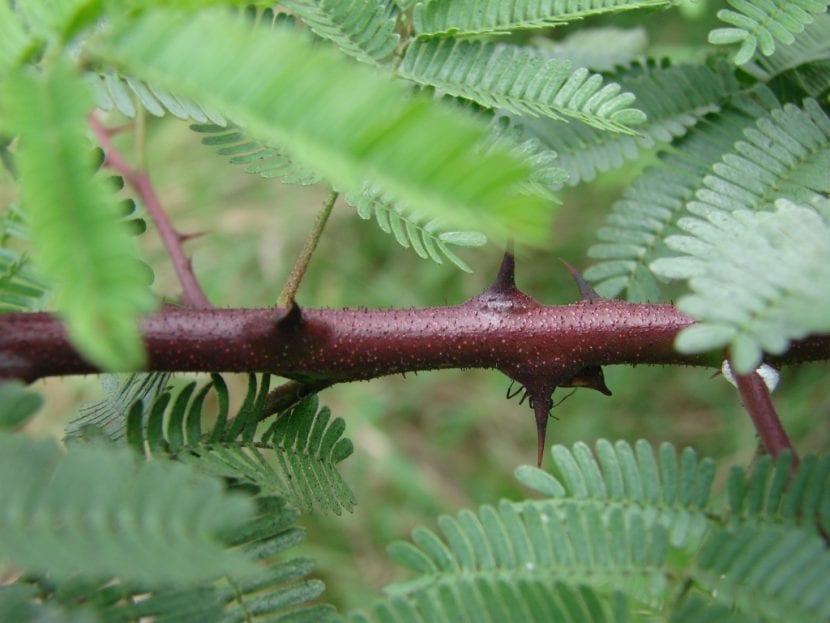
Image - Wikimedia / João de Deus Medeiros
Ornamental
It is a very decorative plant, ideal for tropical or frost-free gardens, who also lives well inside the house if it is for a short time.
Medicinal
The root extract is used to strengthen the scalp, skin rejuvenation, and for wounds and burns.
Other uses
The indigenous tribes of Brazil make a mixture of mimosa hostilis with other plants known as Jurema, whose effects are psychotropic.
What did you think of this plant? Did you know her?
The emails received from you are very good. -Always advising those of us who receive your news and bush and forest news that we must adapt to the substrate and available place so that said species fully express themselves.-
With Ref.- to Mimosa hostilis or Mimosa tenuifolia I already knew it.- I had a specimen in my yard, it grew very vigorously and quickly.-
My goal was to dispose of their seed to sow and multiply in the Coronel Dorrego Municipal Park Nursery.- Province of Buenos Aires.- Argentina where he was its Director and in which I retired 2 years ago.- We made many seedlings under cover (greenhouses ) where it grows spectacularly, I always keep in mind that MIMOSA does not like low temperatures, and frost not to mention.-
Very good for parks, not enough to test in urban trees, but I would recommend it for wide paths, always trying to drive its majestic development and beautiful yellow inflorescences.-
A lot of seed is harvested and of important vigor to obtain new specimens.-
Well, I congratulate you for your work.
See you soon Ing. Agr. MARIO OSCAR FERNANDEZ
Thank you for your comment, Mario Oscar 🙂
Bark tea is haluzinogenic and addictive. Do not keep around children or adolescents of the age of experimenting with drugs!
Where can I get seeds or seedlings?
regards
Hello Horacio.
We recommend you look in online sales sites, whether they are nurseries or ebay. Let's see if you are lucky and you get them.
Regards!